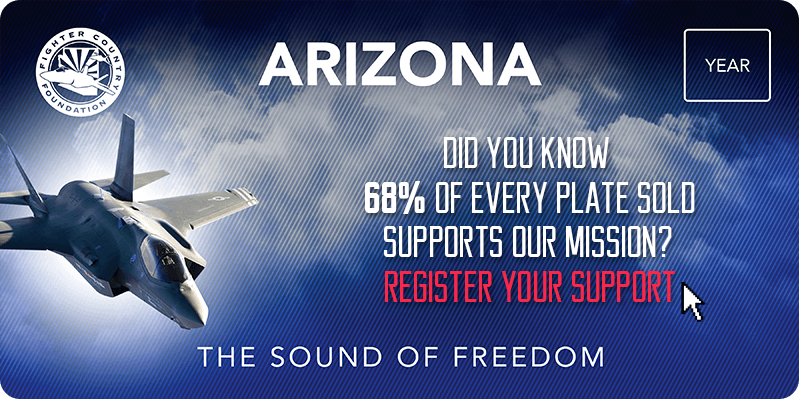 Progress has been swift. And here we are. The first building set for completion in the fall, with the first aircraft expected to land sometime in January. That’s just 17 months after the initial announcement was made about the selection of Luke Air Force Base for F-35A Lightning II training.
Progress has been swift. And here we are. The first building set for completion in the fall, with the first aircraft expected to land sometime in January. That’s just 17 months after the initial announcement was made about the selection of Luke Air Force Base for F-35A Lightning II training.
The Department of Defense released its Record of Decision and the afternoon of Aug. 1, 2012, when Air Force Secretary Michael Donley announced Luke Air Force Base had been chosen as a training center for the F-35 Lightning II. Luke AFB met with the media at a last-minute press conference that same day.
Col. Robert Webb, Vice Commander, 56th Fighter Wing, and Rusty Mitchell, Director of Community Initiatives at Luke, stood together to spread the news and answer questions from more than a dozen reporters at wing headquarters.
Webb praised the F-35’s capabilities to those who questioned its safety. He said it would replace the F16s and A10s now being flown by the military. In addition to U.S. pilots, Webb said there would be seven F-35A partners on-site.
As for local economic development that would occur with the training center at Luke, Webb said local contractors and subcontractors would be called upon to provide labor.
Luke had its competitors in the training center selection process, and Webb said the Air Force “was very diligent, transparent, and open” in its procedure to choose a site. But after all was said and done, it was Luke’s facility and capability to expand, the ramp capacity, range access to Barry Goldwater Range, and weather, as well as capacity for future growth.
Worth mentioning as a major factor in the selection of Luke was community support.
“We’re the envy of the Air Force when it comes to community support,” Mitchell said. “While there has been development that’s grown out toward Luke, the community has made every effort to ensure that the growth has been compatible with our mission. We cannot thank our West Valley neighbors enough for letting us be part of the community, not just in the community.”
In a written statement, Air Force Chief of Staff Gen. Norton Schwartz said, “The Air Force is committed to training our U.S. and partner nation pilots on this fifth-generation fighter aircraft. Collaborative training on aircraft designed with stealth, maneuverability and integrated avionics will better prepare our combined forces to assume multi-role missions for the future of tactical aviation.”
By Carolyn Dryer, Editor








